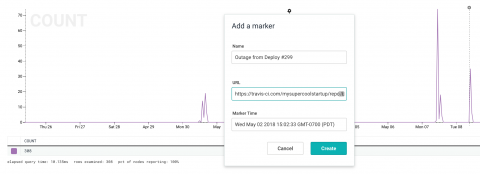Five worthy reads: Is IT Ops at the brink of a digital revolution?
A wave of digital transformation is rolling in—a wave of universal connectivity, personalization, and adoption of intelligent technologies that many organizations have never navigated before. Adopting digital technologies often entails restructuring business verticals and scaling up data processing. One such vertical, IT operations (IT Ops), is finding it challenging to manually handle and process huge volumes of complex data.











